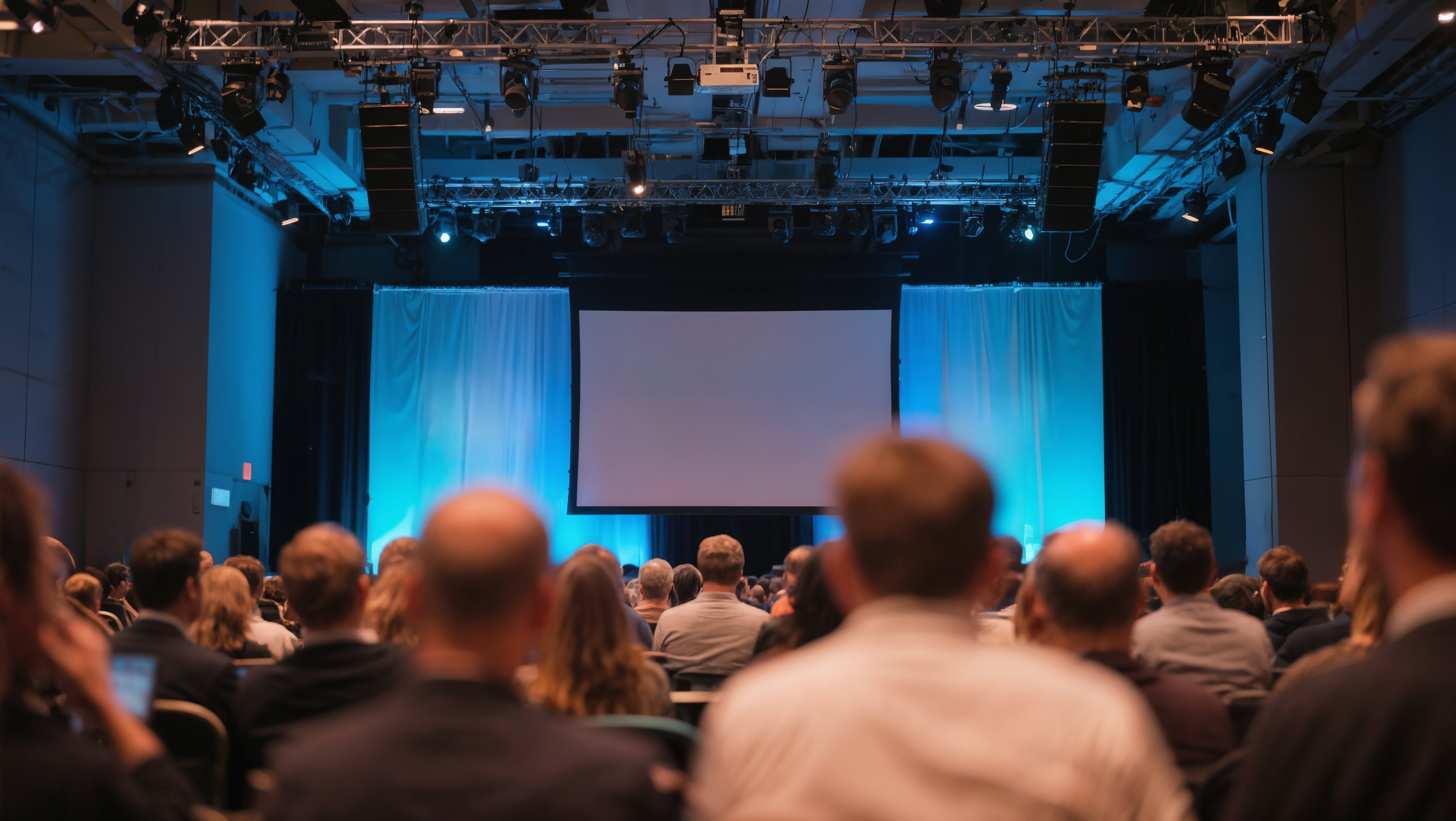

Most organisers obsess over event content. But attendees engage with what they feel, not just what they hear. In fact, only 38% of event professionals say content is the main factor behind a memorable experience. The rest point to the venue (27%) and destination (25%). After all, when the space feels intuitive, attendees stay focused, interact naturally, and retain more from each session.
So, how can organisers set up spaces that help event attendees focus and retain what they learn? In this blog, we’ll uncover what makes event spaces boost focus and learning.
Research from VTechWorks shows that the perceived quality of event design strongly correlates with overall attendee satisfaction. Design and flow are what hold the event experience together. It’s not just about where things are placed but how people transition between moments like moving from a high-energy keynote to a quieter discussion zone, or from networking to reflection. When the space feels intuitive, energy stays consistent, and engagement builds naturally. On the other hand, when the space feels fragmented or confusing, attention fades no matter how strong the content is.
The takeaway?
Plan the experience before the layout. Map the emotional rhythm of your event - where you want energy to rise, slow, or reset - and let that guide every design choice. One good example is IMEX Frankfurt. They often design open zones and discussion pods near keynote spaces, allowing attendees to continue conversations immediately after sessions. That intentional flow is what makes event design and experience feel seamless rather than forced.
No one stays focused for hours. Experienced organisers know this and build their event design and experience around that rhythm. Lighting changes, sensory breaks, and dynamic layouts help attendees reset and re-focus without losing momentum. It’s about giving the brain small opportunities to breathe between moments of focus. When spaces are designed with natural transitions (short pauses, light movement, or subtle shifts in atmosphere), people stay mentally alert for longer.
These simple physical touchpoints help maintain focus and flow:
These small design choices sustain energy throughout the event so attendees can refocus without losing momentum.
Many organisers now use Rozie Synopsis Live Insights screens to align event design and experience with content flow. Our AI-powered system surfaces key insights in real time, syncing what attendees see in the room with what they hear on stage. This keeps attendees' attention steady and high without overwhelming the audience. Request a demo to see how!
Here’s something interesting:
70% of event professionals say that increasing diversity directly improves event engagement. Why? Because when people see themselves represented and can participate without barriers, they’re more likely to connect and stay engaged.
Building inclusivity into design starts with simple, deliberate actions:
Inclusion isn’t an add-on; it’s a design principle. When access and comfort are built in from the start, participation increases naturally - and with it, genuine engagement.
No two audiences behave exactly the same. What felt energetic in one space might fall flat in another. After the event, look back at what actually worked.
Ask yourself:
Asking these after each event helps you see what held your attendees’ attention so you can make design choices that keep engagement consistent from start to finish.
Events aren’t built on content alone; they’re shaped by how attendees move, focus, and connect within a space. When organisers design with intention, every layout and transition works to support attention, energy, and interaction rather than compete with them. This is what separates good logistics from great event design and experience - the kind people remember long after they leave.
As you plan your next event, focus on applying these ideas: design for flow, attention, inclusivity, and feedback. It’s the difference between hosting an event and crafting an experience people want to return to.
Start by thinking about how people move, not just where they sit. When transitions between sessions, networking, and breaks feel natural, engagement happens effortlessly. In the same way, adding visual cues, breakout pods, or live insight screens helps ideas flow smoothly and keeps the energy consistent throughout the event.
To keep energy high, build a rhythm that balances focus and rest. In between sessions, short breaks, natural light, and interactive moments help attendees reset so they stay engaged throughout the event.
Good event flow prevents confusion and keeps attendees moving effortlessly between sessions and networking moments.